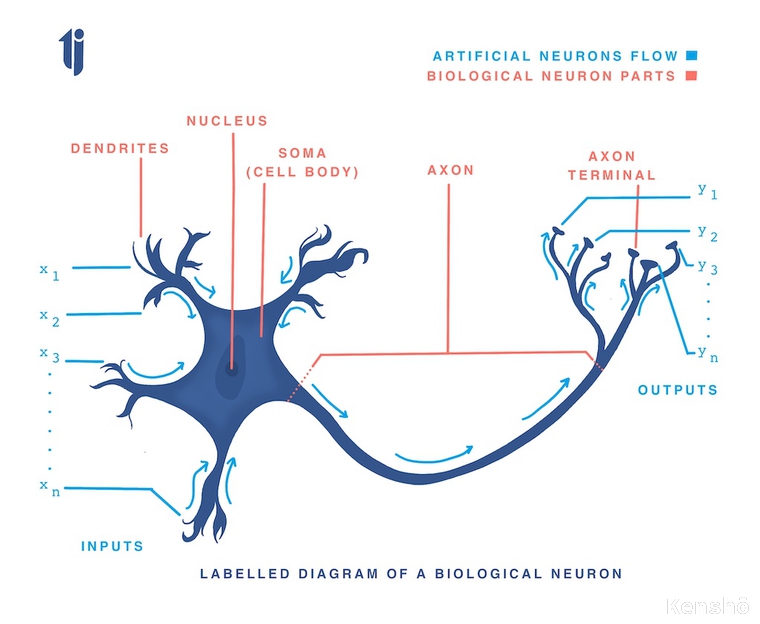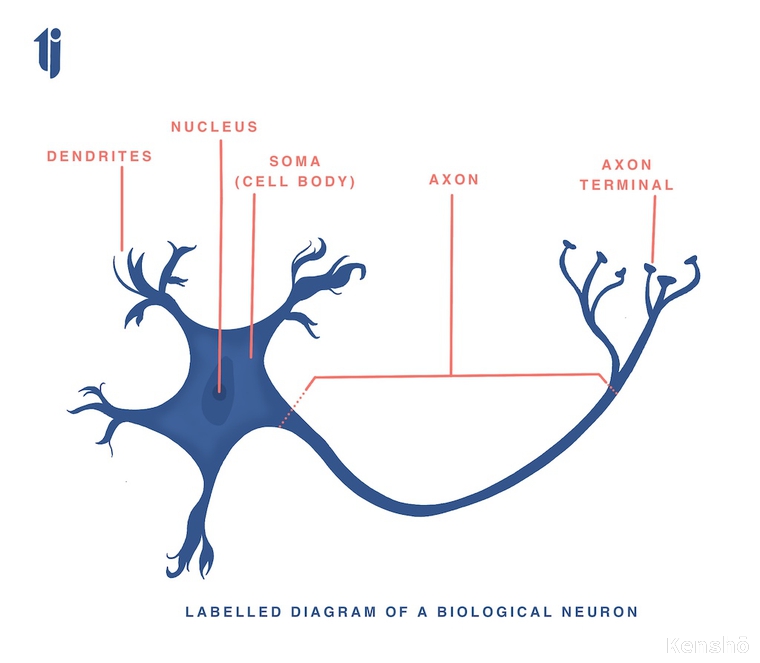Since the formation of United States Polo Association (USPA) in 1890, a system of polo handicap is ritually followed in polo, aka the game of royals. Using this system, each polo player is assigned a rank/handicap from the range of -2 to 10.
Most of the professional polo players in India play with their highest handicap of +6 and are termed as 6-goal players. This does not mean that these players have scored 6 goals in their gam. In fact, this rank system does not intend to regard the number of goals scored by the polo players, rather it regards the following qualities of sportsmanship:
- Their knowledge of horses
- Their horsemanship
- Their knowledge of game
- Their strategy
- Their team play
But wouldn't these parameters indicate a player's worthiness in the game?
YES.
The polo players' handicap (rank) signifies their worth in the team they play for. A novice player usually starts with a rank of -2 though it can be 0 in Argentina. Over the time as the player's expertise and experience increases in the game, they make their way up on the scale towards the higher ranks up till the handicap of 10.
Fun fact, most of the 10-goal players in the world currently are from Argentina, where polo is considered more of a religion. So, how is this handicap system of value to understand the concept of synaptic strength?
From bayesian statistics to artificial neural networks, the algorithms used take up inputs with a certain value assigned to them. This value, also termed as weight, determines the significance or worthiness of the corresponding input, like the polo handicap.

In biological neurons as well, each neuron has dendrites that take inputs from other neurons' outputs. The synaptic strength associated to each dendrites help the neuron to determine which dendrite holds more significance over others to generate output.
Hence in artificial neural networks as well as bayesian statistics, each input is multiplied with the respected input's weight to consider the amount of usefulness of the inputs in an equation or a network.
For instance there are two matrices, input matrix and weight matrix, the result of their dot product is the result after calculation of each input's worth, as illustrated:
This process is carried out in the summation block of artificial neural networks. For further details, refer the article on Artificial Neural Networks.


